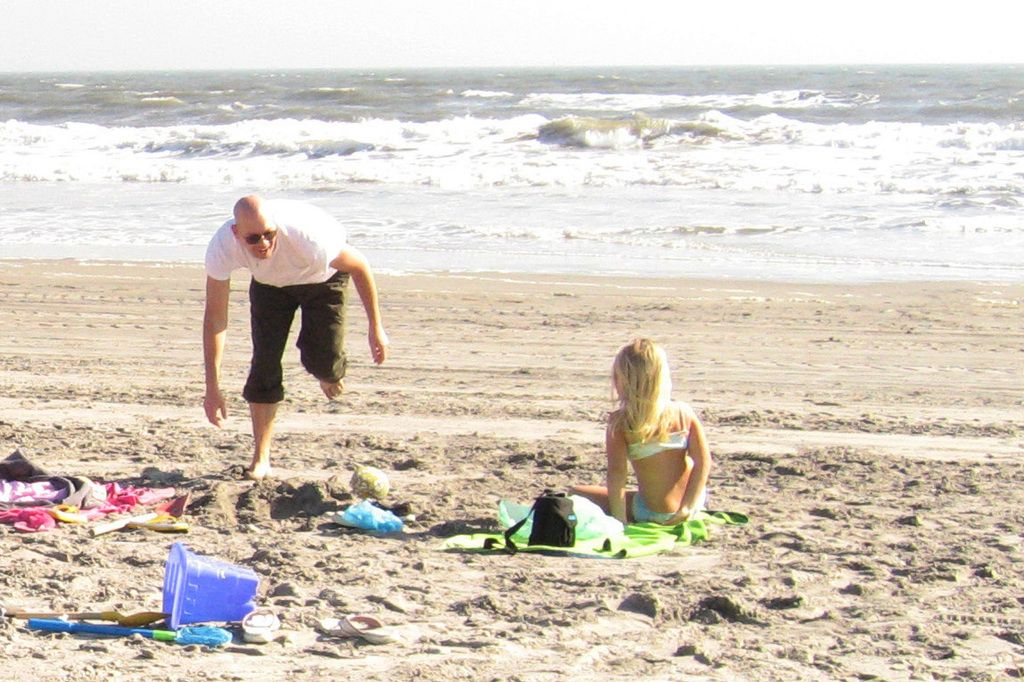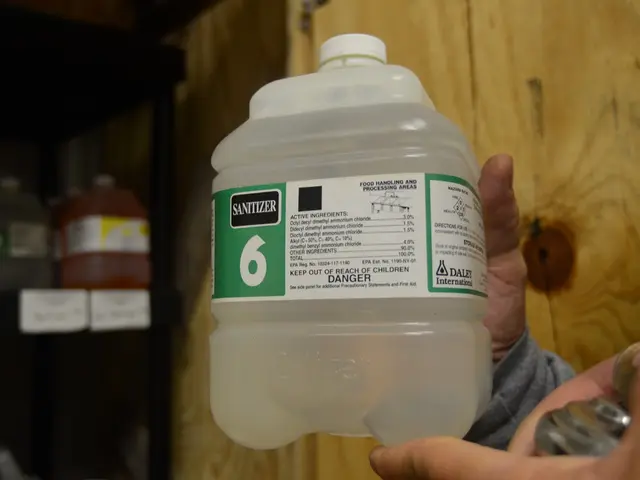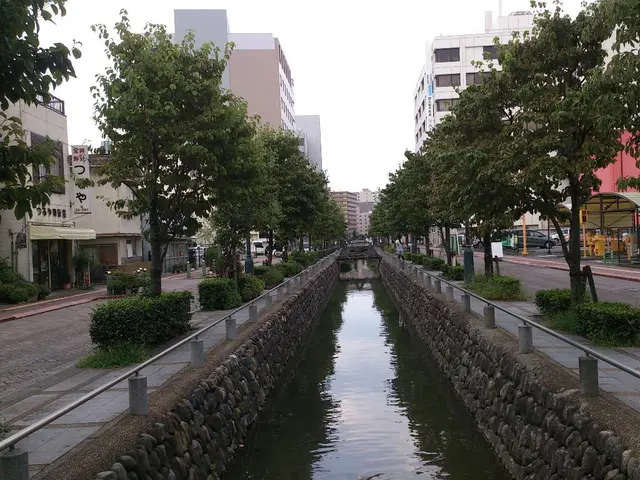Sweltering Summers in Bavaria: Keeping Citizens Cool Amid the Heatwave
Scorching heat grips Bavaria: Measures implemented by urban areas to safeguard their residents - Bavarian Heat Defense: Strategies Cities Employ to Safeguard Residents
Getting a handle on the scorching temperatures across Bavaria? Many of its cities and municipalities are arming themselves with heat protection strategies for sweltering summer days. With numerous cities and municipalities already crafting and executing plans, a representative from the Bavarian Municipal Association confirmed.
Recent research by the German Environmental Aid (DUH) revealed that cities like Aschaffenburg, Nuremberg, and Fürth bear the brunt of the heat in Franconia. Despite this, no Bavarian municipality leads the pack in hitches - municipalities from Baden-Württemberg, Rhineland-Palatinate, and Hesse claim the top spots.
The organization recorded 190 cities with more than 50,000 residents. These urban areas are exposed to high temperatures, substantial concrete, and minimal greenery, the group's "Heat Affectedness Index" suggests.
Additional cities like Bamberg, Augsburg, Schweinfurt, and Neu-Ulm find themselves in the "extra hot" category, while the state capital Munich lands in the middle. No Bavarian municipality makes the "coolest" list.
Health Woes: The Heat
Cities with heavy traffic and abundant sealed areas heat up particulary swiftly when temperatures spike. Bayern's Health Minister Judith Gerlach (CSU) confirms this. Elderly, infant, small children, pregnant women, and people with health issues are most at risk from heat-related illnesses. As such, the government is teaming up with municipalities on heat protection, developing individual heat action plans and local measures.
The Green party voices concerns about the state government's commitment to this pressing issue. While municipalities steadily acknowledge the heat issue, the state government seems to be moving backward on this vital matter, Green MP Patrick Friedl argues. The funding program for municipal climate protection, crucial for supporting heat protection and other climate adaptation measures, is currently on hold. Moreover, local governments lack dependable funding for climate protection and adaptation efforts. "Without the required funds, effective heat protection for the people of Bavaria won't be achieved," Friedl states.
Munich: Water Spouts and Shady Spots
So, what does heat protection look like on the ground? Munich, for example, offers interactive maps identifying water fountains and tranquil spots like parks and public spaces, and there are currently 90 drinking water fountains in public spaces. The goal is to have 100 free drinking water locations by the end of the year. Several authorities and institutions work in harmony to secure the safety of the population.
Last year, Nuremberg unveiled a heat action plan, featuring a heat hotline operated by the Senior Citizens' Office on temperatures exceeding 30 degrees Celsius. Additionally, long-term plans encompass incorporating climate change considerations into urban planning, such as designing fresh air corridors, permeable paving, greenery, water features, and planting more street trees.
Würzburg, One of the Hottest Cities in Southern Germany
This year, the city and district of Würzburg saw the adoption of a heat action plan. The strategy acknowledges that Unterfranken faces significant climate change challenges, necessitating sizeable efforts to counter regional climate alterations. The plan notes that Würzburg is one of the driest and warmest cities in southern Germany. The plan provides a plethora of measures to alleviate the effects of heat.
The plan has garnered interest, as demonstrated by the popularity of city climate tours and tours of water fountains, according to a city representative.
Ingolstadt - 24 Steps to Beat the Heat
The city of Ingolstadt adopted a heat action plan this April, encompassing 24 measures—from protecting vulnerable populations to long-term construction measures. The strategy aims for all measures to be universally accessible.
Straubing: Sprinklers and Sunscreen Dispensers
Straubing took a proactive approach, installing a sprinkler system on its city square when temperatures reach 25 degrees Celsius. A water consumption of roughly ten liters per hour keeps costs minimal, according to a spokesperson. Future plans include a barrier-free water play area with fountains, more trees, and fewer sealed surfaces. The city also offers drinking water dispensers on the city square and at the Gauboden folk festival, as well as sunscreen dispensers, such as at the city zoo. The heat sponsorship program, where volunteers aid elderly residents with grocery shopping during hot periods, has been established.
As the German Weather Service (DWD) predicts rising temperatures and heat for Bavaria over the coming days—up to 32 degrees Celsius on Friday, with particularly high temperatures in Unterfranken on Saturday, peaking at 35 degrees Celsius—it seems Bavarian cities are gearing up to weather the summer storm.
- In response to the heatwave, the Bavarian government is collaborating with municipalities to develop individual heat action plans, focusing on health protection measures and the development of the fisheries sector using community aid, including the processing of fishery products, such as aquaculture.
- Cities like Nuremberg, Munich, and Würzburg, who are experiencing high temperatures, are not only taking heat protection actions like creating water spouts and shady spots, but they are also utilizing this opportunity to expand their strategies to encompass the development of the aquaculture sector, tying health-and-wellness initiatives with sustainable fisheries developments.








